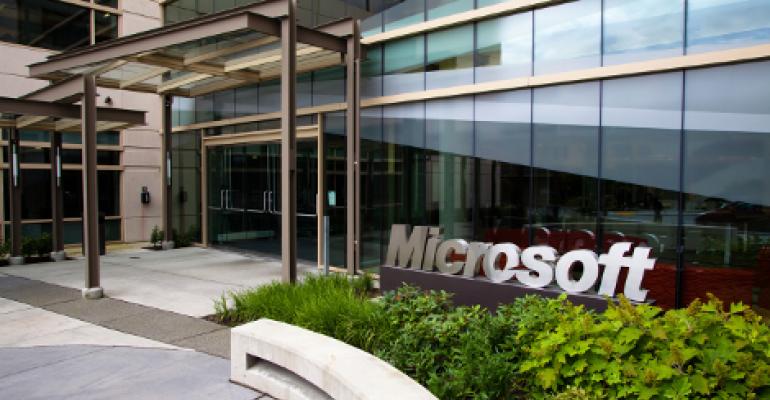Local news media are reporting that Microsoft may be considering building a Phoenix data center. Arizona state legislator Jeff Dial told the Phoenix Business Journal that Microsoft is asking for adjustments to the 2013 data center tax breaks.
Local reports suggest the company is contemplating a site at Union Hills Drive, near Interstate 17. The project could total as much as 575,000 square feet, according to some estimates.
If the project comes to fruition, the likelihood of it listed under a code name during the filing process is high. The company used the name Project Alluvion for a recent Iowa data center project. Facebook and Google often use code names as well, while Amazon files under subsidiary Vadata.
Local media have not been able to surface any documents associated with the potential Phoenix data center project. However, a secretive approach is characteristic of large data center builds by Microsoft. That the company's officials may have inquired about data center tax breaks in Arizona does not necessarily mean the decision has been made. Microsoft -- and others -- usually shops around in different states, weighing a variety of factors, tax incentives being only one of them.
Arizona passed incentives for data centers in 2013. The effort was advanced by the Arizona Data Center Coalition, a group of data center operators, utilities, realtors, and economic development groups that would benefit from increased data center business in the state. Microsoft was part of the coalition.
One big data center user that recently announced it will be building in Arizona is Apple, which said it was spending $2 billion to convert a former manufacturing plant into a data center, to be powered entirely by renewable energy.
Phoenix is home to a data center cluster. The state has attracted solid data center business thanks to low rate of natural hazards and a friendly business climate, among other attributes.
Microsoft is no stranger to tax law. States desire these projects and are often aggressive when it comes to incentives. Microsoft is a master at the game. In 2008, Microsoft halted a Quincy, Washington, expansion to prompt better tax breaks, which it succeeded in doing.
In 2014, the company announced a $1.1 billion project in Iowa, citing an attractive tax incentive package. The project in Iowa joined an existing data center in West Des Moines, first announced in 2008. The company acquired 200 acres of land in Quincy in December 2013, but a $20 million break on sales tax in Iowa helped move that state up on the priorities list.
Roughly this time last year, the company lined up tax incentives in San Antonio, Texas, for a new $250 million data center. The company has another data center of roughly 470,000 square feet there, opened in 2008.
Microsoft recently announced a major $200 million expansion in Wyoming. Wyoming also offered aggressive incentives.
Currently in Arizona, data center operators and qualified tenants receive an exemption for sales and use taxes attributable to data center equipment purchased for use in a qualified data center, defined by new investment in the state of at least $50 million for urban locations and $25 million for non-urban locations.
Data center operators can benefit from the tax exemption for 10 years. The incentives also reward sustainable redevelopment, adding an enhanced tax benefit for up to 20 years if an owner/operator seeks to redevelop a vacant structure or existing facility using sustainable development practices.
Microsoft is allegedly advocating for adjustments to the 2013 data center tax breaks, namely amendments to 10- and 20-year tax breaks on equipment.





